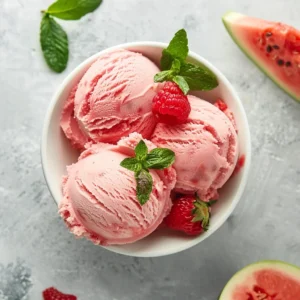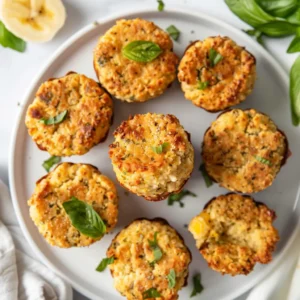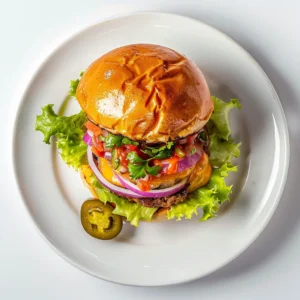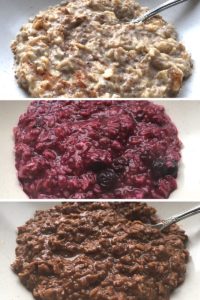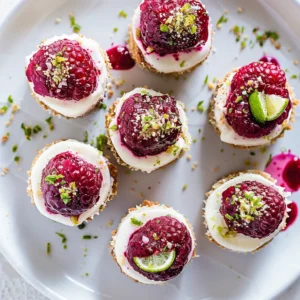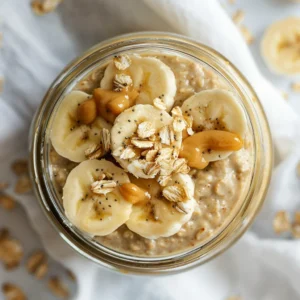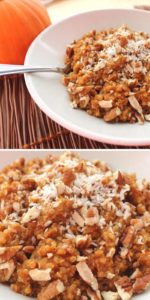Rambutan and lychee have many similarities that often cause them to be mistaken for one another. They are two tropical fruits that are similar in shape, color, and size. It may be surprising to find out that this is where the similarities end. That’s why we are taking time today to compare rambutan and lychee to discuss their similarities but, more importantly, their differences.
Origin and Cultivation
The origin of rambutan and lychee are similar. They are both primarily found in China and Southeast Asia, where they are found and cultivated today.
How they are different lies in the conditions in which they are grown, which also affects where lychee and rambutan are located.
For rambutan to thrive, it should be grown in hilly terrains with rich soil. Because of this, rambutan can be found growing in Central America.
Lychee is different in that it requires hot, humid climates with ample amounts of rainfall. This allows lychee to be grown in Europe and North America.
Appearance
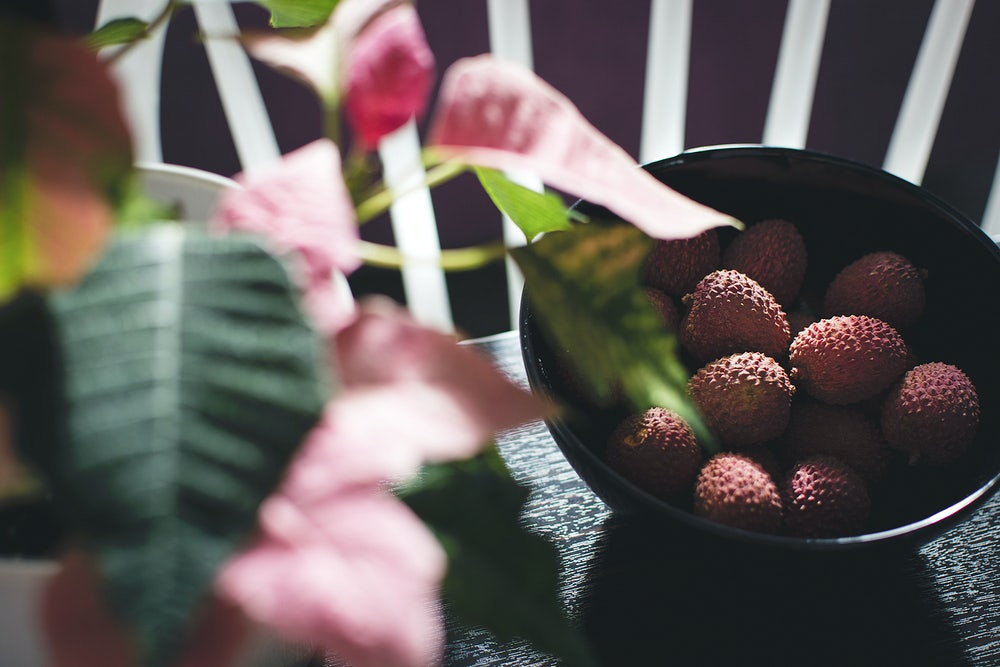
Rambutan and lychee often get confused for one another because of their appearance, but when you take a closer look, you can begin to see the differences.
At first glance, rambutan and lychee colors look similar. They are dark red with shades of yellow and orange; however, there are distinct differences between the two when you take a closer look.
First, rambutan has fibers that grow from the fruit that resemble hairs or spurs, which is how it gets its name. These fibers are typically bright green to bright orange and can easily be seen on all sides of the fruit.
Lychee is different in that it has the same general color without the fibers. Instead, the exterior is rough but with no fibers.
Once the rambutan and lychee have been opened, their similarities are apparent. The inside of both rambutan and lychee is white with a large, single seed in the middle.
Rambutan Taste and Lychee
Rambutan and lychee are also very different in taste.
If you prefer a rich, sweet, and creamy taste with a slight tartness, you will likely prefer rambutan. Rambutan is soft, tender, and has a sweet and sour taste, often compared to a grape.
Lychee is different. It has a crisp taste that is often compared to a pear or apple. It also has a floral flavor that runs throughout it, giving it a lighter and crispier taste. Because of this, it can also have a bite of sourness.
Nutritional Content
Let’s take a look at the nutritional content of rambutan and lychee and see how they are different.
Rambutan Nutritional Content
ONE SERVING: 1 cup or 150 grams
Calories: 123
Fat: 0.3g
Sodium: 16.5mg
Carbs: 31.3g
Fiber: 1.4g
Protein: 1g
Additionally, rambutan is a great source of copper, manganese, and antioxidants. These are vitamins and minerals that can often be difficult to find in fruits and vegetables.
Health Benefits of Rambutan
Eating or drinking rambutan can provide the following health benefits:
- Lowers risk of developing diabetes
- Lowers chance of developing cancer cells
- Helps reduce the risk of developing kidney stones
- Improves cardiovascular health
- Helps improve bone health
Lychee Nutritional Content
ONE SERVING: 3.5 ounces (100 grams)
Calories: 66
Fat: 0.4g
Sugar: 15.2g
Carbs: 16.5g
Fiber: 1.3g
Protein: 0.8g
The thing you need to remember about lychee is that they have a high carb and high sugar content. While these are natural sugars and carbs, you’ll still want to eat lychee in moderation.
Health Benefits of Lychee
Like rambutan, lychee has a variety of health benefits as well, and they include the following:
- Helps create red blood cells
- Helps promote a healthy cardiovascular system
- Great source of fiber to help promote a healthy digestive system
- Helps reduce the risk of diabetes
- Helps lower the risk of developing cancer cells
How to Eat Rambutan and Lychee?
Rambutans and lychee are known as superfruits. This means they are packed with vitamins, nutrients, and minerals that put them in a higher category of food known as superfoods.
Rambutan and lychee can be eaten the same way. They require no special preparations. They can be eaten as is or prepared to your preference.
You can enjoy them in a variety of ways. You can eat as is, by simply peeling the fruit and cutting open the fruit, removing the large seed from the middle, but there are various other methods you can choose to enjoy rambutan and lychee.
Muddle for Drinks
One of the ways you can enjoy rambutan and lychee is by muddling them into juice or other beverages.
Puree in a Smoothie
Another great way to enjoy rambutan and lychee is by adding them to your favorite smoothie recipe. Both rambutan and lychee can add great flavor and nutrients to your favorite smoothie. Rambutan and lychee are best paired with tropical fruits like mangoes, bananas, and pears.
Add to a Salad or Fruit Salad
You can also add rambutan and lychee to your favorite salad or fruit salad. This is a great way to enjoy the flavors of rambutan or lychee while they complement other flavors in the salad.
Just remember to always peel the rambutan or lychee and remove the seed inside before adding it to your food or drink.
Conclusion
Rambutan and lychee are two fruits that seem similar but are very different. Knowing the difference between these two fruits will make it easier to decide the best way to enjoy them. This also helps you know which fruit is the best to pair with different types of food.
Rambutan and lychee are both rich in vitamins, minerals, and nutrients. This is why rambutan and lychee are classified as superfoods. They are also good fruits for children to try as you encourage them to taste new foods.
If you find that you don’t enjoy the taste of rambutan or lychee, but you want to get all of the nutrients that are available from the fruits, we suggest adding them to a smoothie. You will be able to drink the nutrients while also tasting the stronger flavors that are found in some of the other fruits and vegetables of the smoothie.


